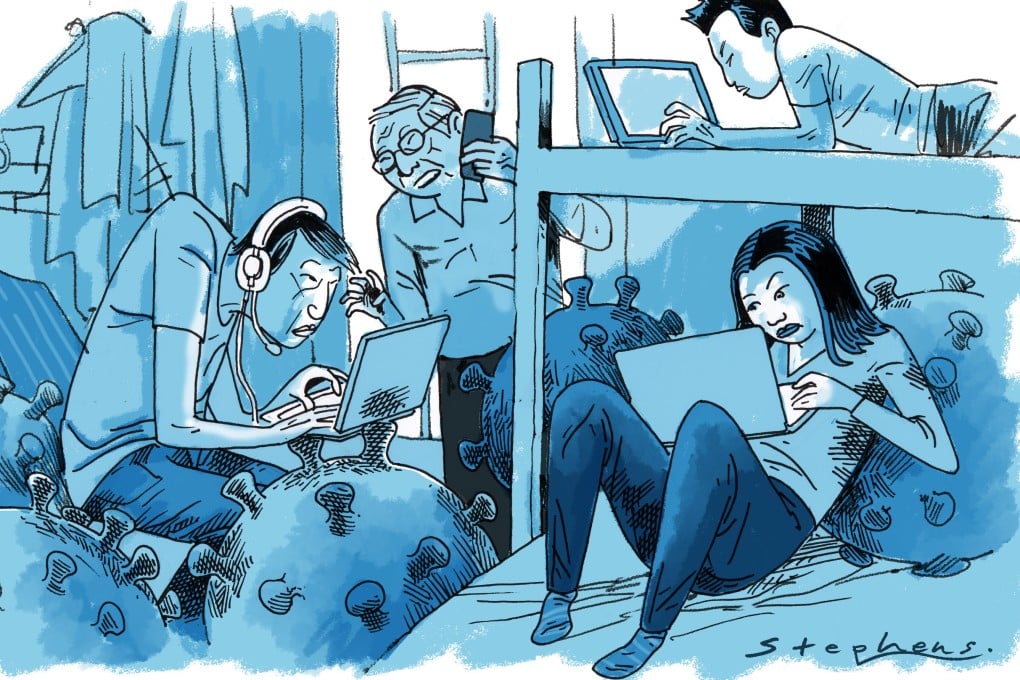Opinion | Hong Kong’s Omicron wave: too densely packed to be locked down or to open up, city must find own route out of pandemic
- Hong Kong has neither the structure of mainland cities able to follow a zero-Covid policy, nor the space of Western countries that are living with the virus
- Its exit strategy must therefore draw on the knowledge of urban planners as well as medical experts, and combine the best practices of both approaches

Instinctively, people feel that a conflagration in Hong Kong will play out differently, and may cause more damage, than it did in many of the other places around the world that experienced high levels of infection. Much of that has to do with Hong Kong’s urban structure and spatial organisation.
A pandemic caused by a virus which spreads through aerial transmission is inherently spatial, affecting tightly packed communities more than others.
This is why, as the pandemic started spreading in rich countries blessed with abundant space, many decamped from dense cities to suburbs and villages, where they found they could not only reduce the risk of contagion, but also – for the professional classes – continue to earn a living, working remotely while their city offices were closed.
Those who couldn’t afford to do so stayed in hollowed-out cities, where streets looked like ghost towns, shops and restaurants were closed, and public transport came to a halt.
Unlike that very stark pattern in much of the West, Hong Kong, along with other big cities in Asia, proved that density was not destiny: memories of Sars (severe acute respiratory syndrome), deference to government edicts and a more communal culture led to the instinctive mass adoption of masks, sanitation measures, and social distancing, which until recently allowed us to go on with much of our pre-Covid lives (save for overseas travel).
